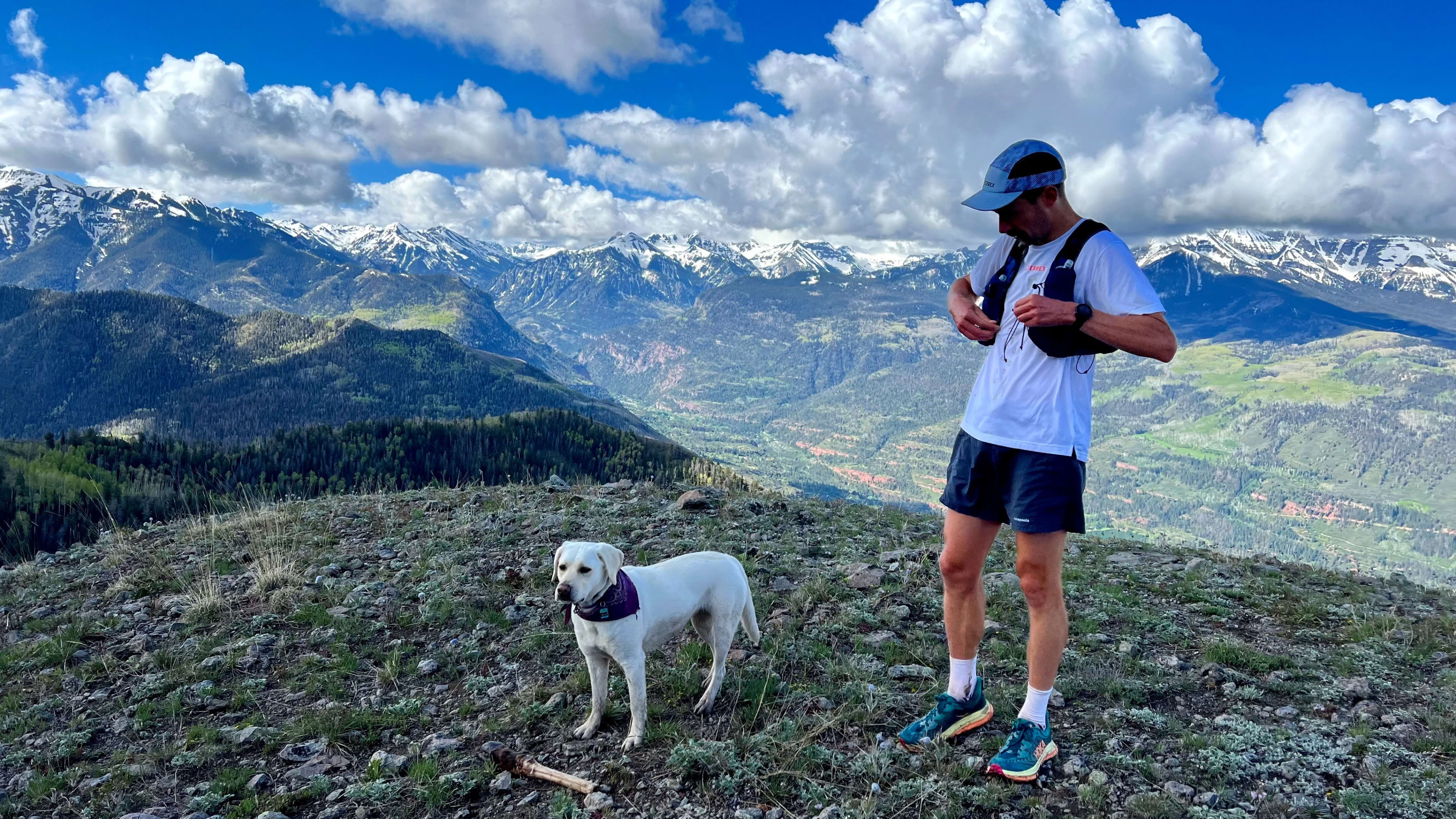
Guest writer and runner, Ryan Sullivan, shares his insights and considerations for athletes going to altitude. From changes in hydration to workout tips, here's what you should know.
If you live low and have pushed at high altitude, you more than likely have a horror story, or at least a memory of feeling like absolute trash at a higher elevation.
I wanted to share a few things that may prove helpful for preventing further altitude nightmares. Keep in mind everyone’s different — these are just some general ideas that may be worth considering if you haven’t already.
Timing
Get to altitude as soon as you can. Not many people are recommending the “get there either a week before or the day-of” thing anymore.
Hydration
This might be most important. The first thing that happens when you go up in elevation is a loss of blood plasma volume (increased urination because of respiratory-related acid/base changes). You can offset some of this by focusing on hydration.
Increase sodium ahead of time and for the first few days. I generally add 2-3 g of extra sodium per day by mixing a salty drink mix into my 1 L Nalgene bottle. Good options are things like Mortal Hydration Salty mixes, LMNT, Skratch, etc.
Side note for the point above: sodium bicarbonate (for those who tolerate it) is a great way to salt-load, and it might explain some of the benefits people see when taking it for ultra-distance events, even at lower-than-recommended doses.
Short, Hard Efforts
A lot of people notice a pretty rapid benefit from doing a few hard efforts at very high altitude soon after arriving. There are some proposed mechanisms, but it’s not totally clear why this would work. An example would be 6 x 30-second hard efforts uphill at the high point of a run with a full 1-2 minute recovery in between.
Carbs
Oxidation rates generally increase at altitude (unless workload is significantly lower), but altitude can make tolerating higher carbohydrate intake harder.
First, practice your race-level intake on key long runs. Second, if hydration/sodium is dialed, carbohydrate intake usually comes easily. High-carb drink mixes like Tailwind, Skratch, Maurten, etc. can help hit sodium and carb totals if gels seem to go down less easily. I’ve personally found that using gels that include sodium helps me to stay on top of hydration while taking in adequate carbohydrate - I really like Amacx Gels for this.
This is a very brief, non-exhaustive list. As you can probably tell, I think hydration is most important (and most consequential). Even if you do everything right, altitude can still be a nightmare, but hopefully, a couple of these points will be helpful in blunting some of the negative effects.
Winter is a good time to experiment with some new hydration mixes and gels so you’re ready to rip when the mountains open back up for running in the summer (skiing is fun too). Have a great week!
